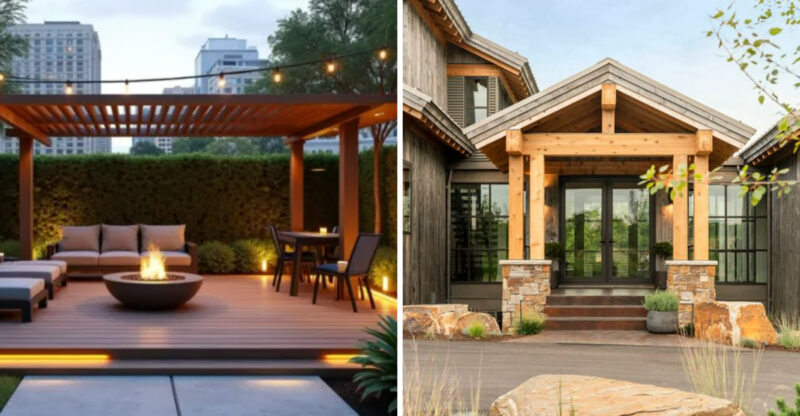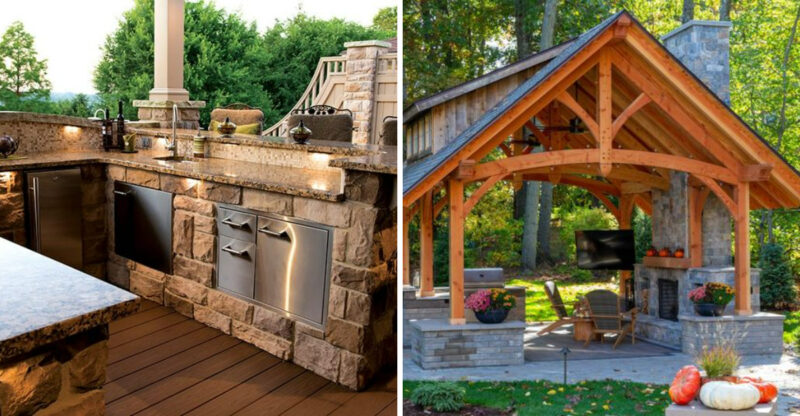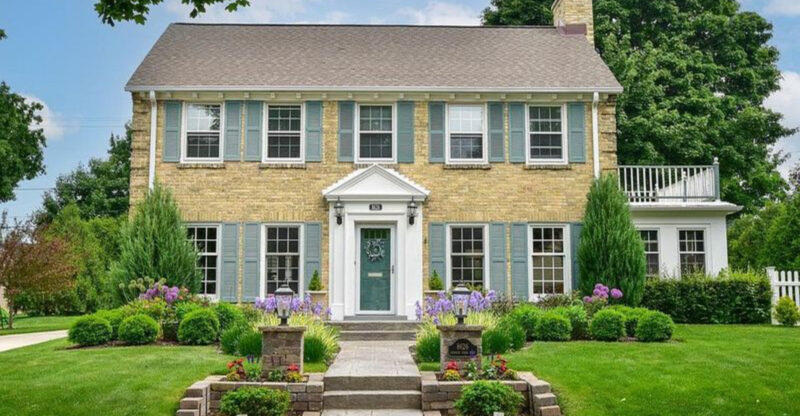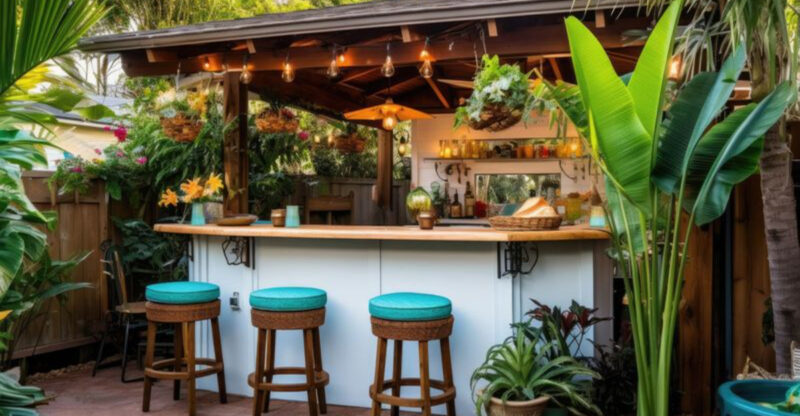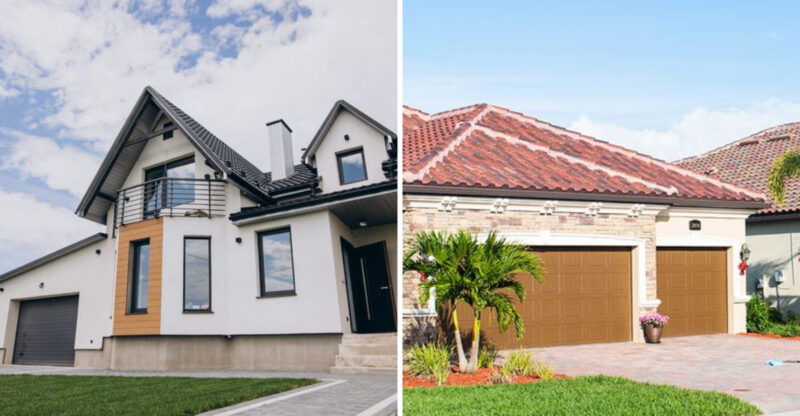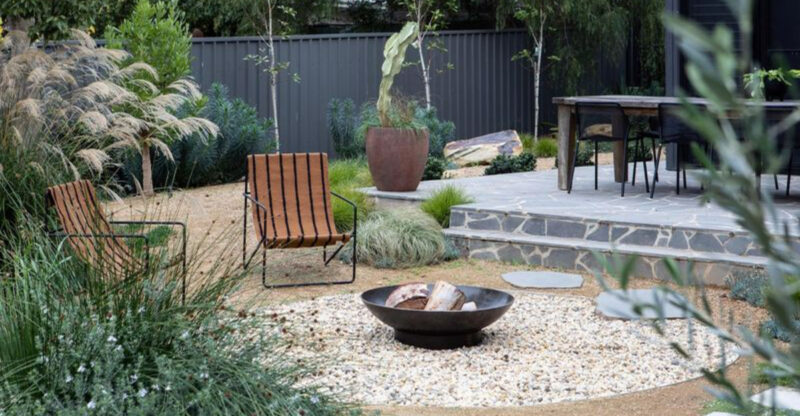From Plants To Patios 30 Landscaping Decisions That Might Annoy People Next Door
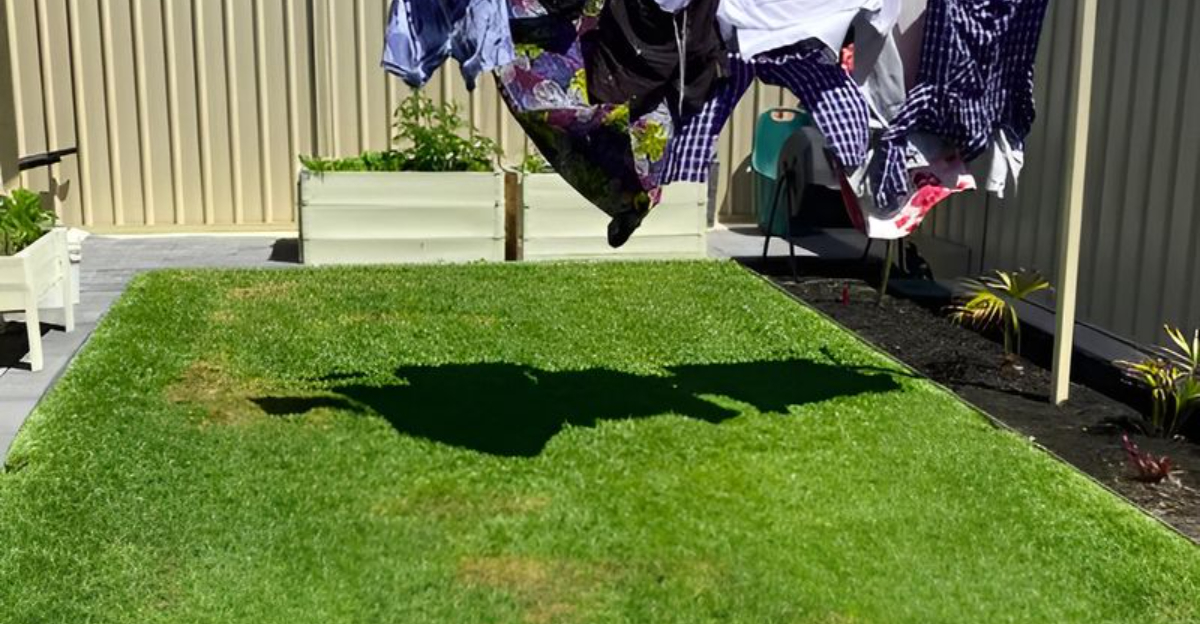
Landscaping your yard can be a wonderful way to express yourself and increase your home’s value.
But what happens when your creative choices become your neighbor’s daily headache? Even with the best intentions, certain landscaping decisions can create tension between otherwise friendly neighbors.
Let’s explore common yard and garden choices that might have your neighbors secretly seething.
1. Overgrown Hedges Blocking Views
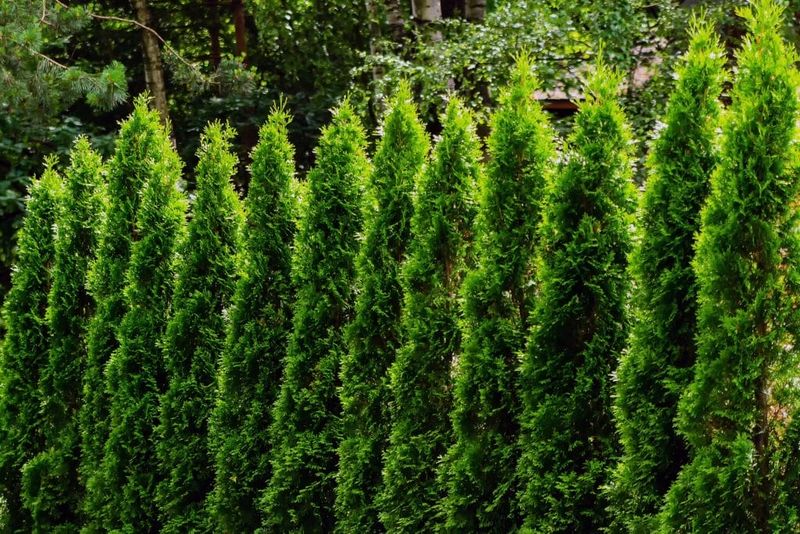
Letting your hedges grow wild might give you privacy, but your neighbors could lose their cherished views or natural light. Those beautiful mountains or sunset vistas they once enjoyed from their kitchen window? Gone behind your wall of greenery.
Many homeowners don’t realize hedge height can become a serious point of contention. In some neighborhoods, this issue even leads to formal complaints or legal disputes.
If you must have tall hedges, consider discussing placement with neighbors first, or opt for strategic locations that won’t block significant views. Regular trimming shows respect for those living nearby who might value their vista as much as you value your privacy.
2. Tall Privacy Fences Without Warning
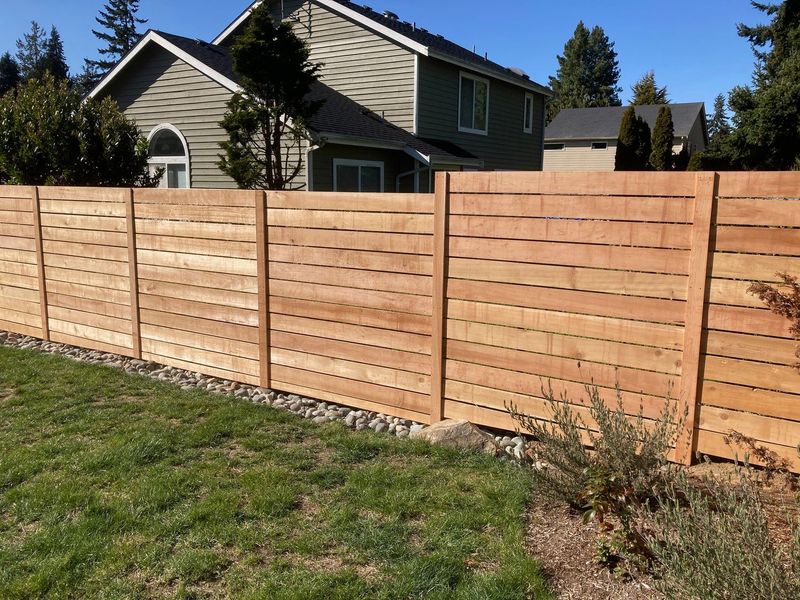
Surprising your neighbors with a sudden 8-foot fence installation can feel like a slap in the face. That unexpected barrier might make them wonder what they did wrong or if you’re trying to send a message about your relationship.
When we install tall privacy fences without discussion, neighbors often interpret it as unfriendly or hostile. Your fence might also cast unwanted shadows on their vegetable garden or block breezes they once enjoyed.
Before building that fortress, knock on their door for a friendly chat about your plans. Offering to choose a mutually agreeable design or color can transform a potential neighborhood conflict into a collaborative decision that respects everyone’s property enjoyment.
3. Bright, Flashing Landscape Lights
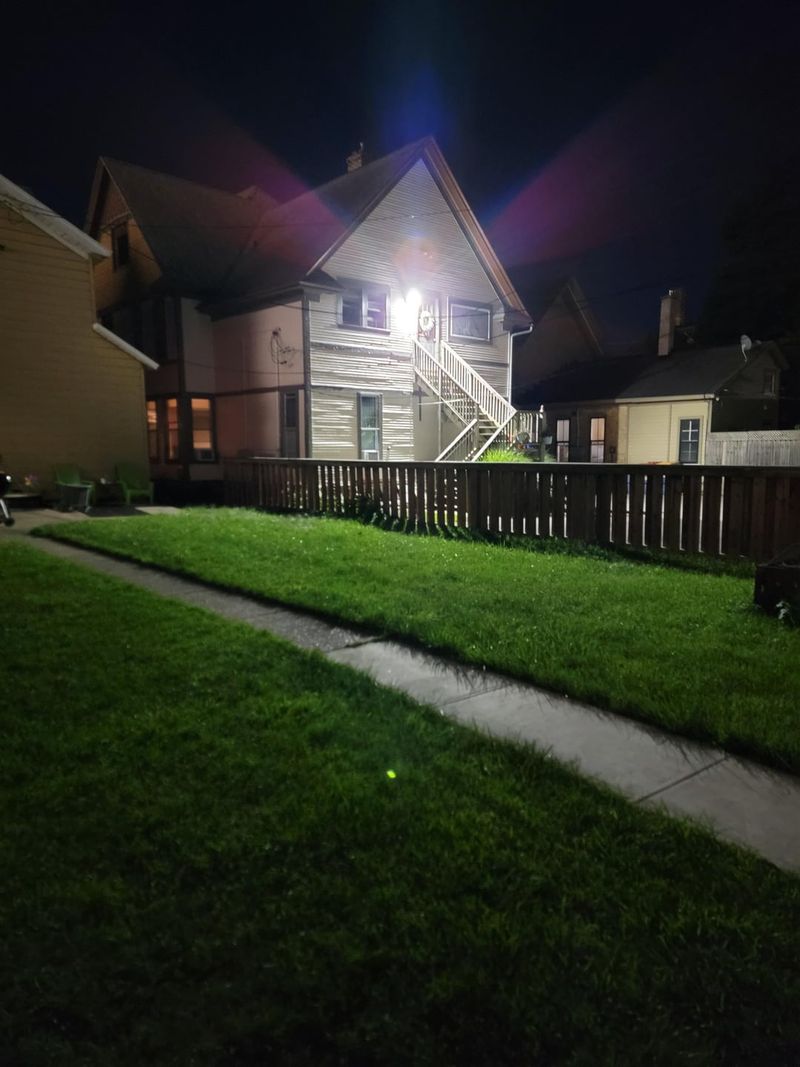
Those twinkling, color-changing LED lights illuminating your garden might seem magical to you but can turn into a nighttime nightmare for neighbors. Imagine trying to sleep while rainbow colors flash through your bedroom window all night long.
Motion-activated spotlights pose another problem when they trigger constantly from passing cars or animals. Your security measure becomes your neighbor’s sleep disruptor.
If you love landscape lighting, consider softer, downward-facing fixtures that highlight your plants without spilling light into neighboring properties. Timers that shut off by 10 PM show consideration for those nearby who might be early risers or light-sensitive sleepers. Subtle lighting can actually enhance your landscape’s beauty more effectively than harsh brightness.
4. Loud Water Features Running Constantly

The soothing babble of your new waterfall fountain might help you relax, but your neighbors might hear something entirely different. What sounds like gentle nature to you could register as constant bathroom noises or dripping pipes to them.
Water features that run 24/7 create background noise that neighbors can’t escape. For people working from home or those with sensory sensitivities, the constant sound becomes increasingly irritating over time.
Consider installing a timer on your water feature so it runs during daytime hours only. Placing it farther from property lines and using variable pump settings can also help. Remember that sound travels differently at night when ambient noise decreases, making your peaceful waterfall seem much louder to those trying to sleep nearby.
5. Planting Invasive Species
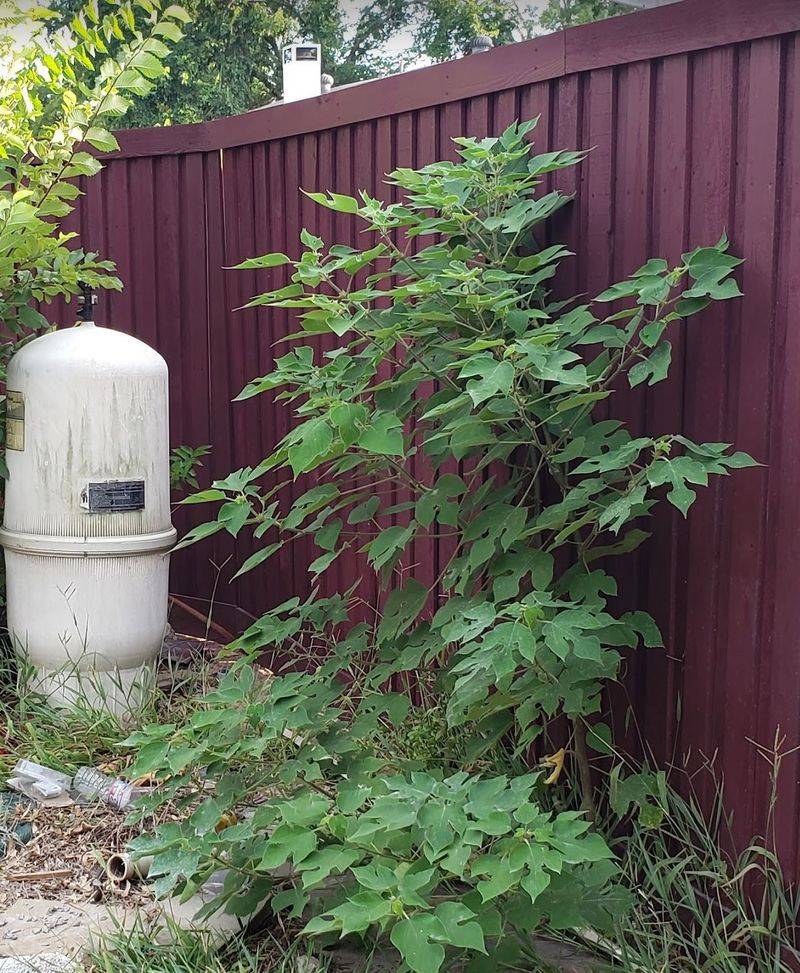
That gorgeous purple loosestrife or English ivy might look stunning in your garden catalogs, but these invasive plants don’t respect property lines. Your innocent planting choice could become your neighbor’s years-long battle against aggressive root systems and spreading seedlings.
Invasive species can quickly overtake native plants, disrupting local ecosystems and requiring costly removal efforts. Your neighbor might spend weekends pulling up shoots that originated in your garden.
Before adding new plants, check your state’s invasive species list or consult with local nurseries about non-invasive alternatives. Native plants typically offer similar aesthetic benefits without the neighborhood drama. If you discover you’ve already planted something invasive, taking responsibility by removing it shows tremendous respect for both your neighbors and the local environment.
6. Trees Dropping Sap on Cars
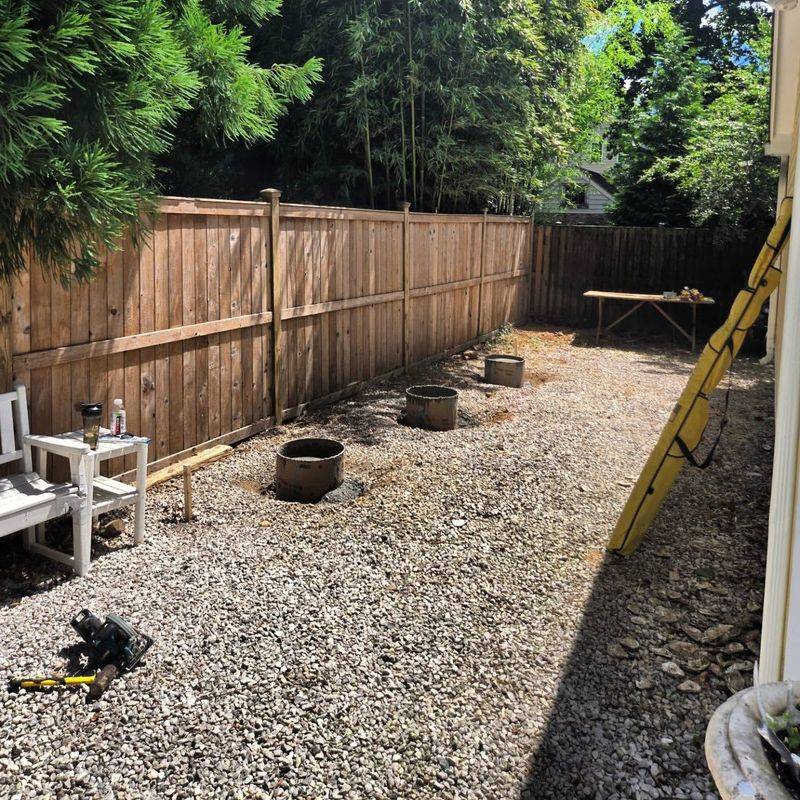
That magnificent maple tree providing shade might also be showering your neighbor’s driveway with sticky sap that damages car paint and creates a cleaning nightmare. Few things generate more resentment than discovering your freshly washed vehicle covered in tree droppings from next door.
Certain trees like sweetgum, pine, and some maples are notorious sap producers. When planted near property lines, they can affect driveways, patios, and outdoor furniture beyond your own yard.
If planting new trees, research low-mess varieties and position them away from areas where neighbors park. For existing sap-dropping trees, consider professional pruning to direct branches away from neighboring properties. Some homeowners even offer to split the cost of occasional car washes as a goodwill gesture that acknowledges the inconvenience without requiring tree removal.
7. Large Trees Too Close to Property Lines
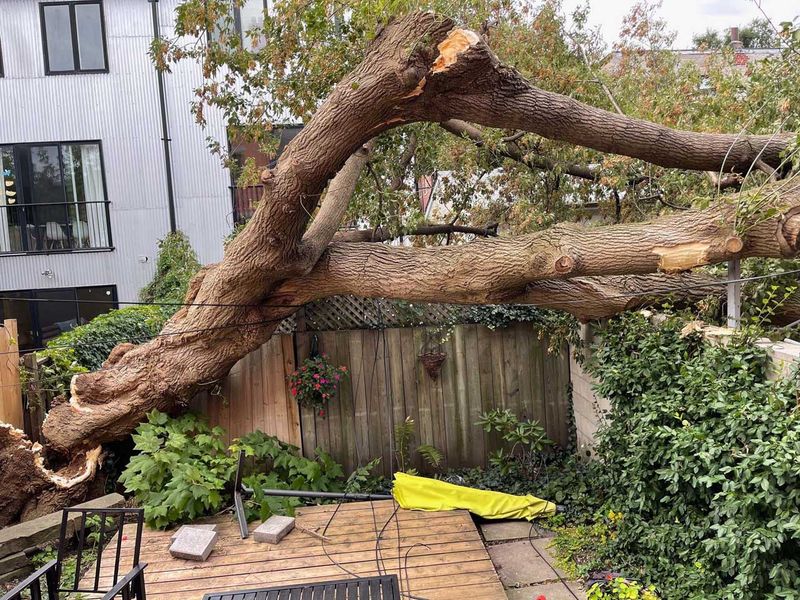
Planting that tiny oak sapling might seem harmless now, but trees grow in all directions – including underground where roots can damage foundations, driveways, and plumbing systems. Your future shade tree could become your neighbor’s structural nightmare.
Many homeowners don’t consider mature size when positioning trees. That cute 3-foot sapling might reach 50 feet tall with a root system extending twice that distance horizontally.
Research mature tree dimensions before planting and follow the general rule of positioning trees at least half their expected mature width from property lines. For existing trees, consider having an arborist evaluate potential risks to neighboring properties. Sometimes preventative root barriers can help avoid future conflicts while preserving your beloved trees. Being proactive about potential problems shows respect for your community.
8. Overhanging Branches into Neighbor Yards
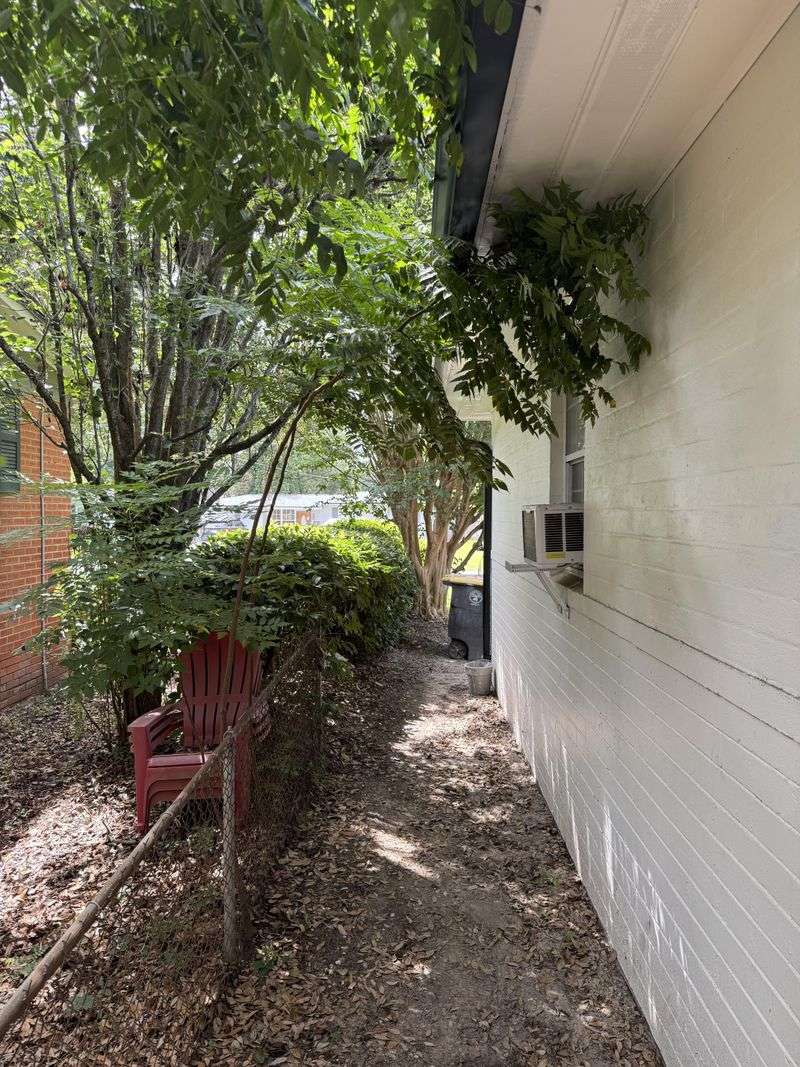
Those beautiful branches stretching toward the sky don’t recognize property boundaries. When they extend into neighboring yards, they can drop leaves, block sunlight, or even pose safety hazards during storms all issues your neighbors didn’t sign up for.
Legal rights regarding overhanging branches vary by location, but the relationship strain remains universal. Your neighbor might resent having to clean up your tree’s mess or worry about branches falling on their children’s play area.
Regular pruning shows consideration for those living nearby. If you notice branches extending over the property line, don’t wait for complaints be proactive about trimming them back. For larger trees requiring professional help, offering to split costs with affected neighbors can transform a potential conflict into a collaborative solution that preserves both the tree and your relationship.
9. Spreading Bamboo Plantings
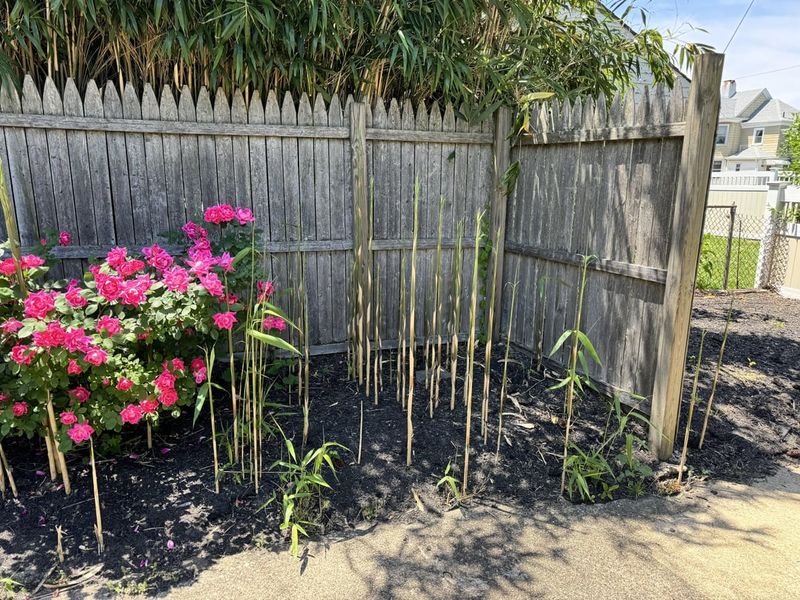
Bamboo creates a gorgeous natural privacy screen that grows quickly sometimes too quickly. Without proper containment, those elegant stalks can become an underground invasion that’s nearly impossible to eradicate from neighboring properties.
Running bamboo varieties send underground rhizomes that can travel 15+ feet per year, sprouting new plants far from the original planting. Your decorative border could emerge through your neighbor’s prized rose garden or even their house foundation.
If you love bamboo, choose clumping varieties that stay put, or install professional-grade rhizome barriers at least 30 inches deep around running types. Taking these precautions before planting shows you’ve considered potential impacts beyond your property line. For existing bamboo that’s spreading, accepting responsibility for containment or removal costs demonstrates good neighborly ethics and prevents potentially costly legal disputes.
10. Gravel Paths Spilling into Neighbor Lawns

Gravel walkways add charming texture to gardens but refuse to stay put during heavy rains or when disturbed by foot traffic. Your decorative pathway might become migrating stones scattered across your neighbor’s meticulously maintained lawn.
These wandering pebbles create hazards for lawnmowers and can damage equipment or even cause injury when thrown by mower blades. Neighbors might find themselves constantly picking stones from their grass before mowing.
Installing proper edging like metal, plastic, or stone borders helps contain gravel within your property. For paths near property lines, consider alternative materials like pavers or stepping stones that stay in place. If your existing gravel is migrating, offering to help clean up the mess or install better containment shows you’re attentive to how your landscaping choices affect others a small gesture that goes a long way in maintaining neighborhood harmony.
11. Colorful Yard Ornaments Everywhere
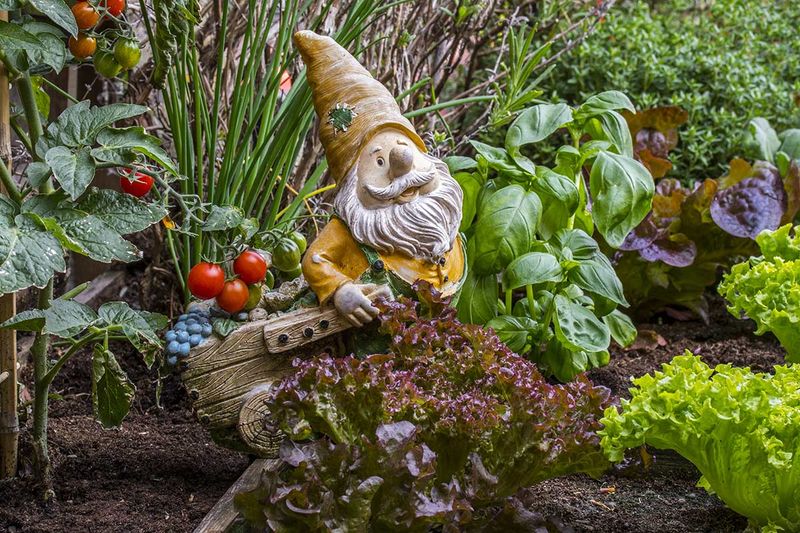
Your collection of garden gnomes, pink flamingos, and spinning pinwheels might bring you joy, but your neighbors might see it as visual clutter disrupting their peaceful view. What represents personal expression to you could feel like visual noise to others.
Homes with excessive decorations can even impact neighboring property values. Real estate agents often note that potential buyers may be turned off by having to look at overwhelming yard displays next door.
Finding balance is key consider creating a dedicated “garden art” area away from property lines rather than spreading decorations throughout your entire yard. Rotating seasonal displays rather than displaying everything simultaneously can also help. Remember that while it’s your property, visual elements extend beyond boundaries and impact the entire neighborhood’s atmosphere and aesthetic appeal.
12. Fake Grass That Glares in Sunlight
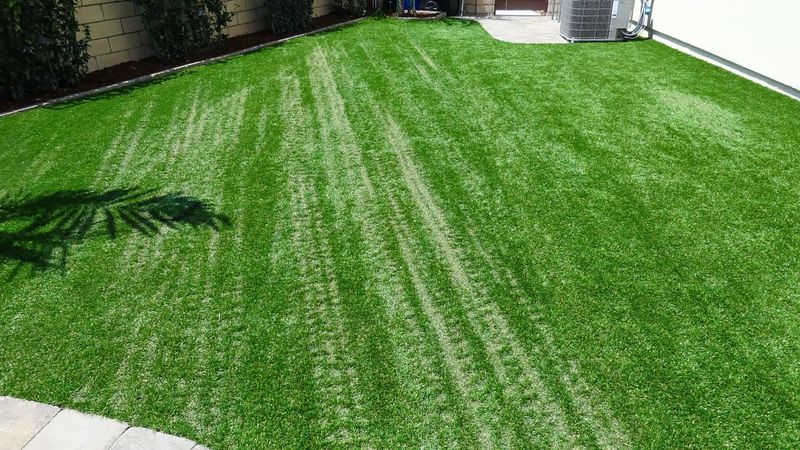
Artificial turf might solve your lawn maintenance problems, but the unnatural sheen can create blinding reflections into neighboring windows. That perfect green carpet might be giving your neighbors headaches literally – when sunlight bounces off its synthetic surface.
Lower-quality artificial grass often has a distinctive plastic appearance that clashes with natural landscaping nearby. The visual disconnect can be jarring for neighbors who’ve invested in natural landscaping.
If you’re committed to artificial turf, look for newer products with matte finishes and varied blade colors that mimic natural grass. Consider installing it away from areas where reflection might impact neighbors, or use trees and shrubs as buffers. Some manufacturers now offer regional varieties designed to blend with local natural grass types, creating a more harmonious look that’s less likely to stand out negatively in your neighborhood landscape.
13. Strong-Smelling Fertilizers

Your quest for the perfect lawn might leave neighbors closing windows and canceling backyard barbecues when you apply pungent fertilizers. Fish emulsion and manure-based products create powerful odors that don’t respect property boundaries.
The timing of application matters tremendously. Spreading smelly amendments before a neighbor’s outdoor wedding or during their only chance to enjoy their patio that week shows a lack of awareness about shared air space.
Consider using less odorous organic options or granular synthetic fertilizers that don’t produce strong smells. Notifying neighbors before applying strong-smelling products gives them time to plan accordingly. Even better, scheduling applications for weekday mornings when neighbors are likely at work shows thoughtfulness. The smell typically dissipates within 24-48 hours, so a simple heads-up can prevent significant neighborhood tension.
14. Compost Piles Attracting Pests
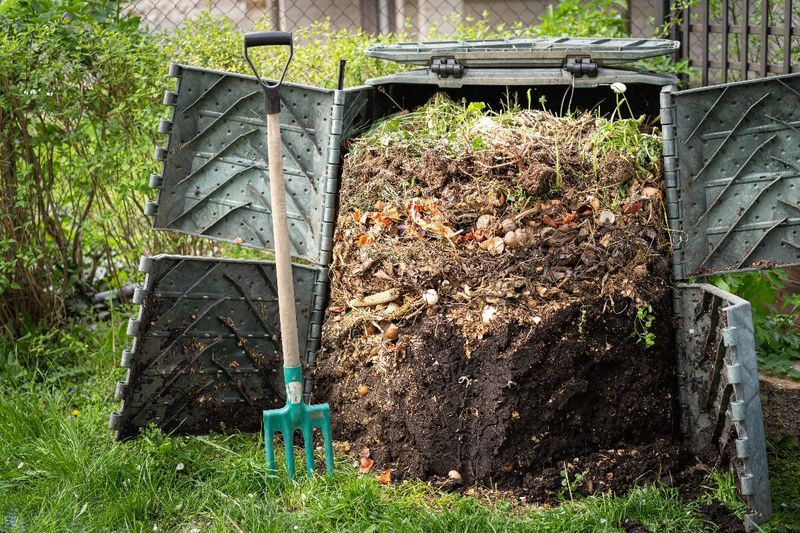
Your eco-friendly compost heap might be reducing kitchen waste, but improperly managed piles can attract rats, raccoons, and flies that don’t recognize property lines. Neighbors might blame you for their sudden rodent problems or unpleasant odors wafting over during summer gatherings.
Compost bins placed near property lines create particular tension, especially when they’re visible from neighboring patios or dining areas. The sight and smell can interfere with others’ enjoyment of their outdoor spaces.
Investing in a proper compost system with secure lids prevents pest issues while maintaining your green lifestyle. Positioning bins away from shared boundaries shows consideration. Adding brown materials like leaves and avoiding meat scraps helps control odors. Some neighbors might even appreciate being offered some of your finished compost turning a potential nuisance into a community resource that benefits multiple gardens.
15. Fire Pits Too Close to Fences
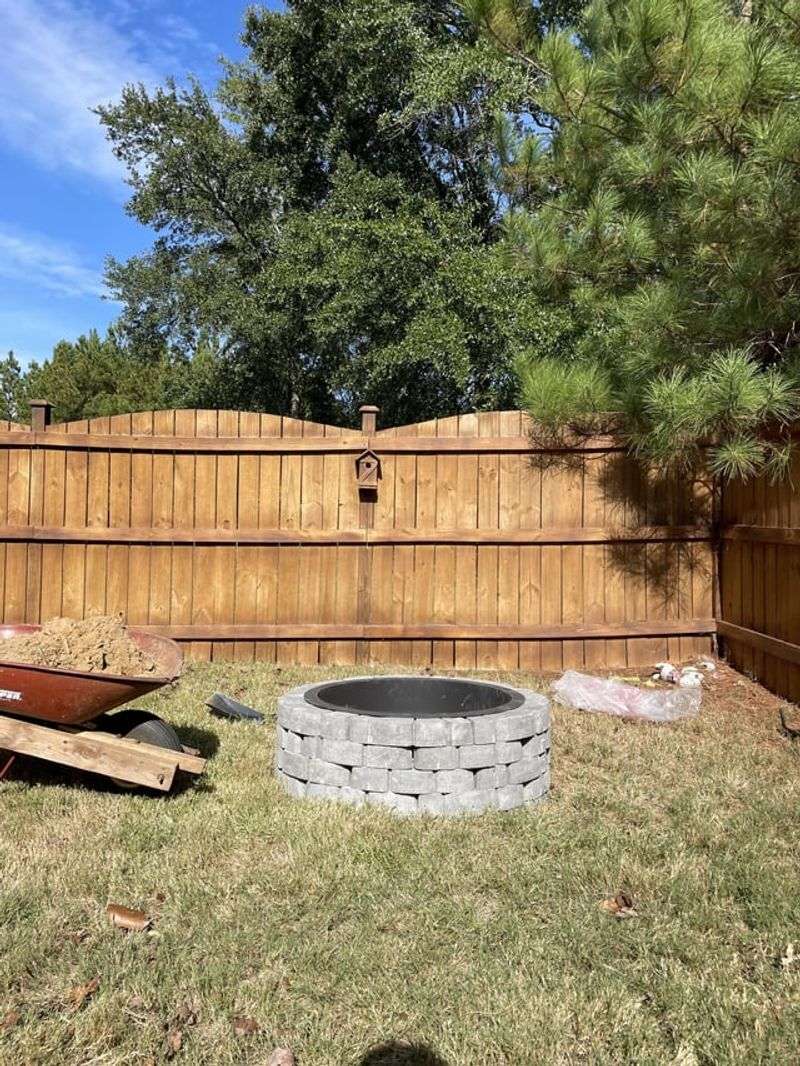
Nothing beats gathering around a backyard fire pit unless you’re the neighbor dealing with smoke billowing into your open windows or worrying about flying embers landing on your wooden deck. Fire pit placement can make the difference between a pleasant evening and a neighborhood dispute.
Heat from fire pits can damage nearby fences, plants, and structures even without direct flame contact. Your cozy gathering spot might be scorching your neighbor’s prized climbing roses on the other side of the fence.
Always position fire pits at least 10-20 feet from property lines and structures. Check local ordinances, as many municipalities have specific distance requirements. Consider prevailing wind patterns to minimize smoke drift toward neighbors’ homes. A simple conversation about when you typically use your fire pit allows neighbors to plan accordingly, closing windows or adjusting their outdoor activities to avoid smoke exposure.
16. Tall Decorative Statues Peeking Over Fences

That magnificent garden Buddha or towering metal sculpture might look perfect from your perspective, but neighbors might feel like they’re being watched when statue heads peer over the fence line. Tall decorative elements create an unexpected visual intrusion into private spaces.
Cultural or religious statuary can be particularly sensitive when visible to neighbors who may follow different traditions. What represents spiritual meaning to you might feel imposing to others when positioned where they can’t avoid seeing it.
Consider the sightlines from neighboring properties when placing tall decorative elements. Positioning them centrally in your yard rather than near boundaries respects others’ visual space. For existing tall features causing tension, adding strategic plantings can create visual buffers that maintain your artistic expression while reducing the impact on neighbors’ sense of privacy and personal space.
17. Chain-Link Fencing Instead of Solid Privacy
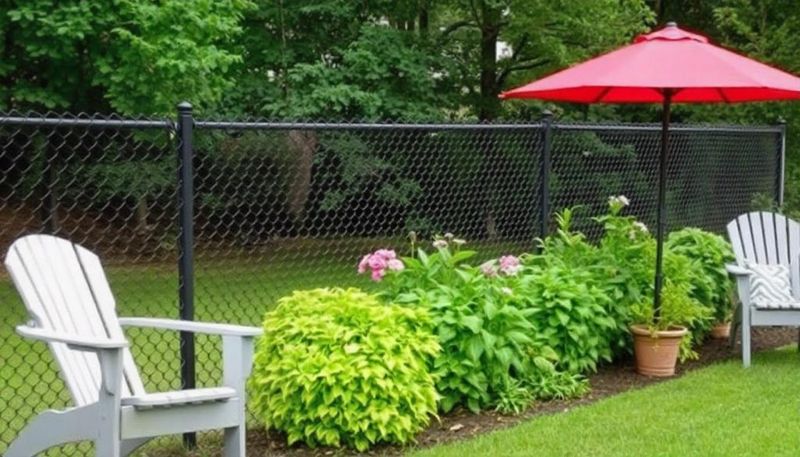
Chain-link fencing might be budget-friendly and practical, but it does little to create visual separation between properties. Your neighbors might feel exposed when trying to enjoy their backyard with only see-through metal between your activities and theirs.
The industrial appearance of chain-link can also detract from property values in residential neighborhoods. Realtors often note that homes backing to chain-link fences typically sell for less than those with more attractive boundary solutions.
If budget constraints make chain-link necessary, consider adding privacy slats or growing climbing plants to soften the appearance and create more visual separation. Even fast-growing annual vines can transform chain-link from institutional to garden-friendly within a single season. For front yards especially, decorative aluminum or wooden fencing might be worth the investment for both neighborhood harmony and property value preservation.
18. Building Patios Without Proper Drainage
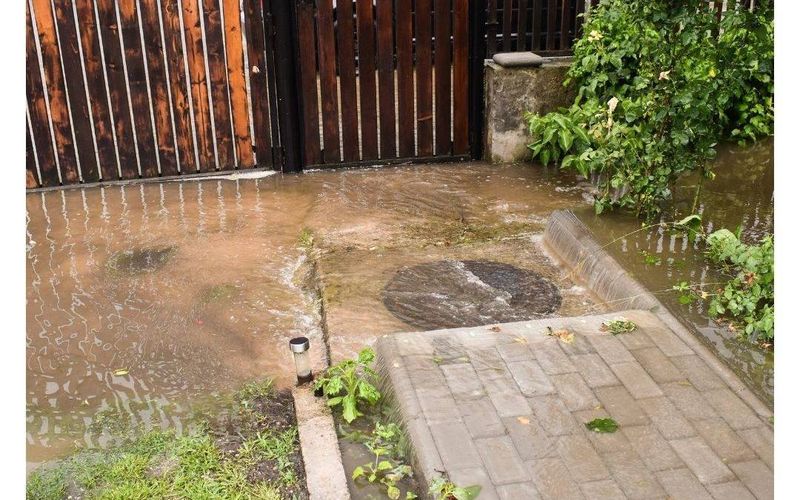
Your beautiful new paver patio might become your neighbor’s flooding nightmare when rainwater runs off your hardscaping directly into their yard. Improperly graded outdoor living spaces can redirect significant water volume across property lines.
During heavy rains, this excess water can damage neighboring landscapes, erode soil, and even cause foundation problems. Your home improvement project inadvertently becomes your neighbor’s ongoing maintenance headache.
Working with professionals who understand proper drainage solutions helps prevent these issues before installation. For existing patios causing problems, adding French drains, rain gardens, or permeable paving sections can redirect water appropriately. Taking responsibility for fixing drainage issues when they affect neighbors demonstrates integrity and prevents potential legal liability for water damage. Some municipalities even have specific regulations about redirecting surface water toward neighboring properties.
19. Garden Beds Creeping Over Boundaries
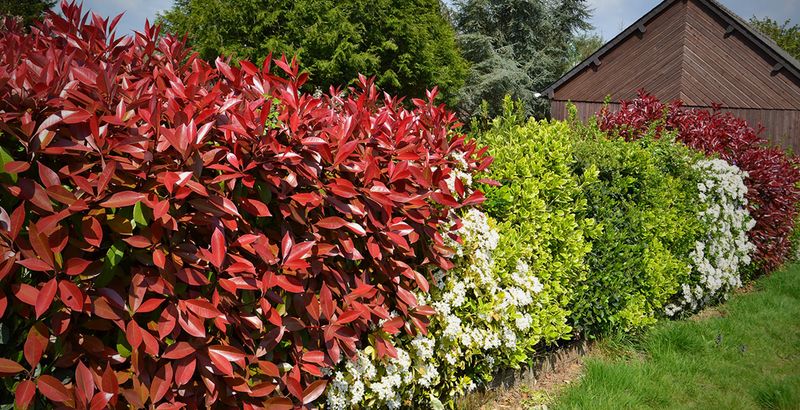
Your enthusiasm for expanding flower beds might accidentally cross invisible property lines. That beautiful border of hostas could actually be planted partly on your neighbor’s land without you realizing it.
Boundary encroachment creates awkward situations where neighbors must decide between confrontation or silently resenting the intrusion. Over time, these small infringements can lead to property disputes or tension during resale.
Before installing new garden beds near property lines, consider having your land professionally surveyed. Marker stakes can disappear over time, and fence lines don’t always follow legal boundaries. For existing gardens that might cross lines, approach neighbors openly if you discover an encroachment. Offering to relocate plants or reach a formal agreement about the space shows respect for property rights while maintaining landscaping beauty and neighborhood relationships.
20. Installing Wind Chimes That Never Stop

Wind chimes create magical ambient sound in gentle breezes for you. Your neighbors might experience them as constant, inescapable noise pollution that follows them from room to room with windows open.
Sound sensitivity varies widely among people. What seems like pleasant background melody to you might trigger anxiety or concentration problems for neighbors working from home or those with sensory processing issues.
If you love wind chimes, consider smaller versions with fewer tubes that produce gentler sounds. Hanging them away from property lines and neighbors’ bedroom windows shows consideration. Some homeowners bring chimes in during windy nights or when neighbors mention upcoming events requiring concentration. Rotating their use seasonally rather than having them up year-round can also help maintain harmony while still enjoying their pleasant sounds during times you’re most likely to be outdoors.
21. Ugly Retaining Walls Facing Neighbors
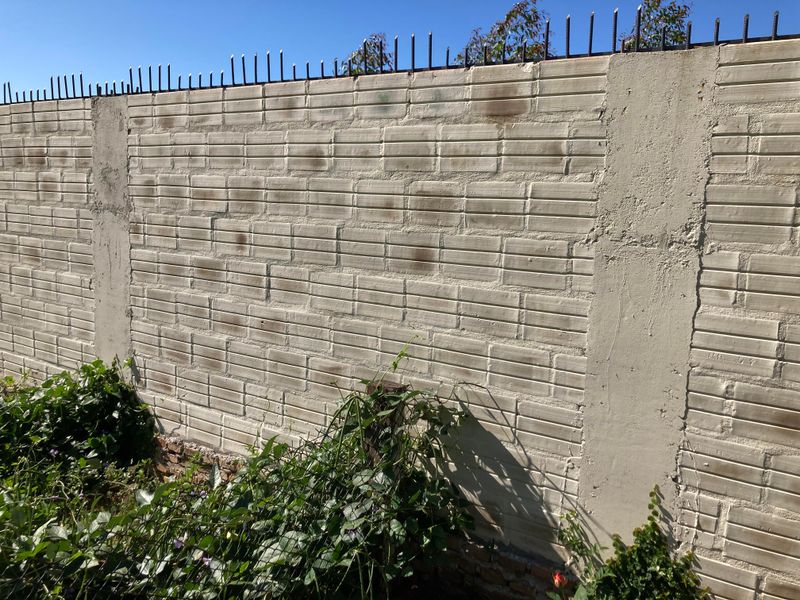
Retaining walls solve elevation problems on your property but create aesthetic challenges when the unfinished side faces neighboring yards. Your practical solution becomes their daily eyesore when plain concrete blocks or pressure-treated timbers dominate their view.
The construction phase can also create significant disruption with heavy equipment, noise, and temporary drainage issues. Neighbors might endure weeks of construction chaos only to be left with an unattractive permanent structure to look at.
When building necessary retaining walls, consider using materials that look finished from both sides. Many interlocking block systems offer double-sided options specifically designed for visible installations. Adding cascading plants to soften the appearance helps tremendously. For existing walls causing tension, installing trellises or planting climbing vines can transform utilitarian structures into vertical gardens that enhance rather than detract from neighboring views.
22. Using Barbed Wire or Spiked Fencing

Security concerns might prompt installation of barbed wire or spiked fencing, but these aggressive barriers send hostile messages to neighbors in residential areas. Beyond the unfriendly appearance, they pose genuine safety hazards to children, pets, and wildlife moving through the neighborhood.
Many municipalities actually prohibit these materials in residential zones due to liability concerns. Your security solution could violate local ordinances you weren’t aware of.
Consider less aggressive security alternatives like solid privacy fencing topped with lattice, or technology-based solutions like cameras and motion-sensing lights. If you need secure fencing for pets, black-coated chain link with privacy slats offers containment without the threatening appearance. For property line concerns, open communication with neighbors about boundaries often resolves issues more effectively than hostile-looking barriers that damage community relationships and potentially decrease property values throughout the neighborhood.
23. Large Outdoor Speakers for Music

Creating your backyard entertainment oasis with powerful outdoor speakers might sound perfect until you realize sound travels far beyond your property lines. Your weekend playlist becomes forced entertainment for everyone within earshot.
Bass frequencies are particularly problematic, penetrating walls and windows even when overall volume seems reasonable to you. Neighbors might feel the thump of your music without being able to identify the source of their discomfort.
Consider smaller, directional speakers positioned to focus sound inward toward your seating areas rather than broadcasting outward. Bluetooth headphone systems offer another solution for larger gatherings. Being mindful of volume levels, especially after 9 PM, shows respect for shared soundscapes. A simple conversation with neighbors about your occasional outdoor entertainment plans can prevent complaints while still allowing you to enjoy music during reasonable hours.
24. Drip Irrigation Leaking into Other Yards
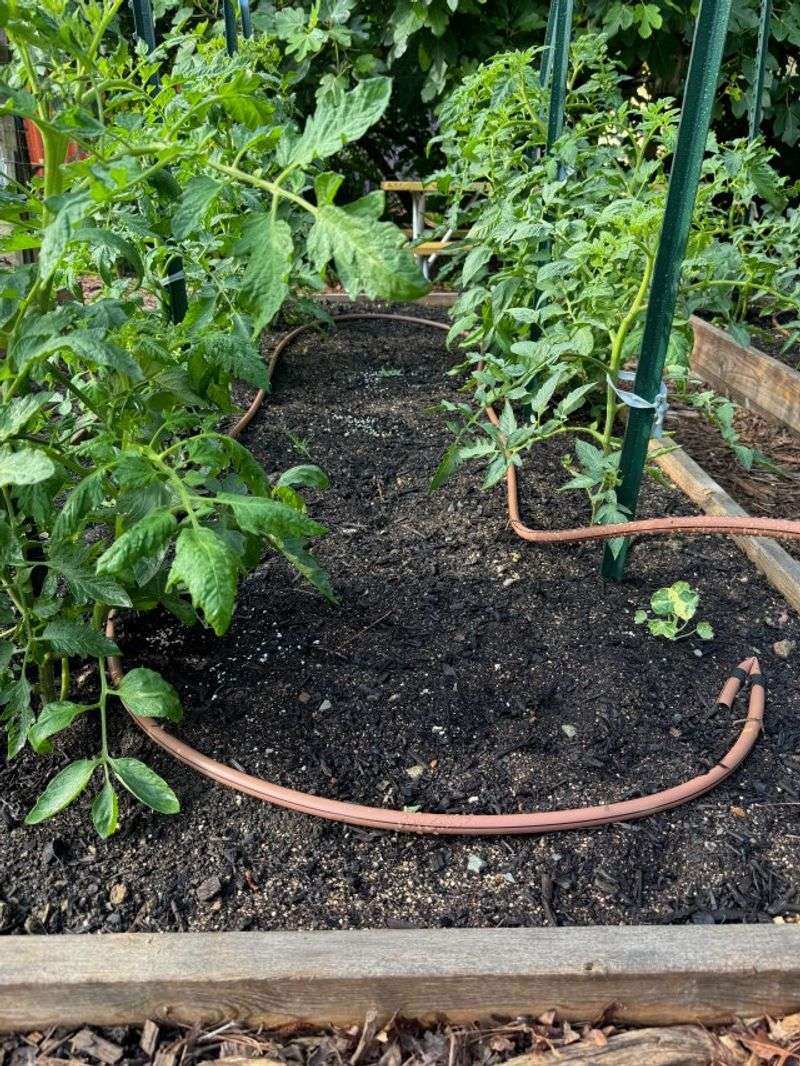
Efficient drip irrigation systems save water while keeping your plants healthy, but poorly maintained lines can create soggy spots in neighboring yards. Those small leaks add up over time, potentially causing drainage issues beyond your property.
Irrigation systems installed too close to property lines often spray or seep across boundaries. Your water conservation effort becomes your neighbor’s unexpected mud puddle or moss problem.
Regular system checks help identify and repair leaks before they create problems. Installing drip lines a few feet from property edges provides a buffer zone for minor leaks. For sprinkler systems, adjusting head patterns to avoid overspray demonstrates consideration for neighboring properties. Some homeowners even install moisture sensors that automatically shut down zones when excess moisture is detected, preventing both water waste and potential conflicts with neighbors over persistent wet spots.
25. Leaving Garden Tools Strewn Around

After a productive gardening session, leaving tools scattered across your yard might seem harmless until your neighbors have to look at your shovel collection for days on end. Visible clutter affects everyone who faces your property.
Beyond aesthetic concerns, unsecured tools pose safety hazards during storms when they can become dangerous projectiles. Your forgotten rake might end up damaging a neighbor’s car or home during high winds.
Investing in simple storage solutions like deck boxes, wall-mounted tool racks, or small garden sheds keeps your equipment organized and out of sight. Establishing an end-of-day cleanup routine maintains both your property’s appearance and neighborhood goodwill. Remember that your outdoor space contributes to the overall impression of your street taking pride in its appearance when visible to others demonstrates community-mindedness that neighbors appreciate.
26. Building a Shed Blocking Light
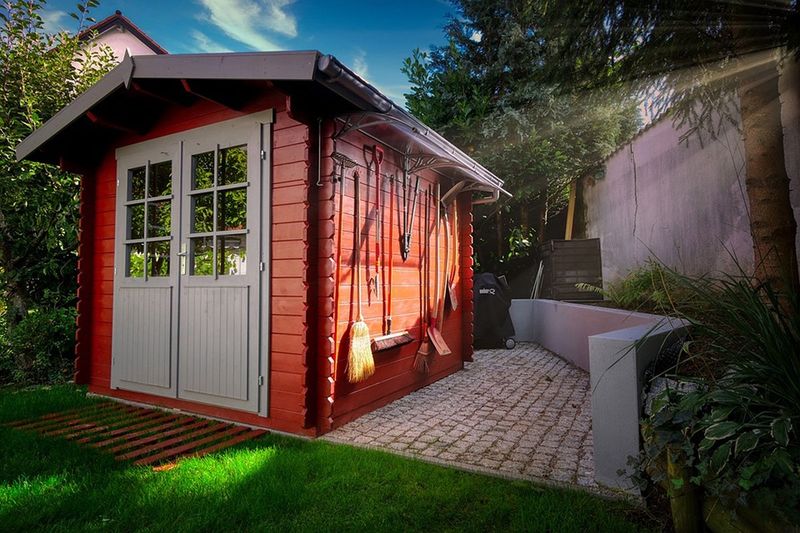
Your new storage shed solves your clutter problems but might create a permanent shadow over your neighbor’s vegetable garden or solar panels. Structures placed near property lines can significantly impact light patterns on adjacent properties.
Access to natural light affects property enjoyment and sometimes even property values. Gardens that thrived for years might suddenly struggle when new structures block critical morning or afternoon sun.
Before building, consider sun patterns throughout the year and how structures might affect neighboring properties. Positioning sheds away from gardens or solar installations shows consideration. For existing structures causing problems, offering to paint them lighter colors to reduce heat absorption or trimming heights where possible demonstrates willingness to compromise. Some neighbors have even worked out compensation arrangements when significant light blockage affects energy production from solar installations.
27. Excessive Seasonal Decorations
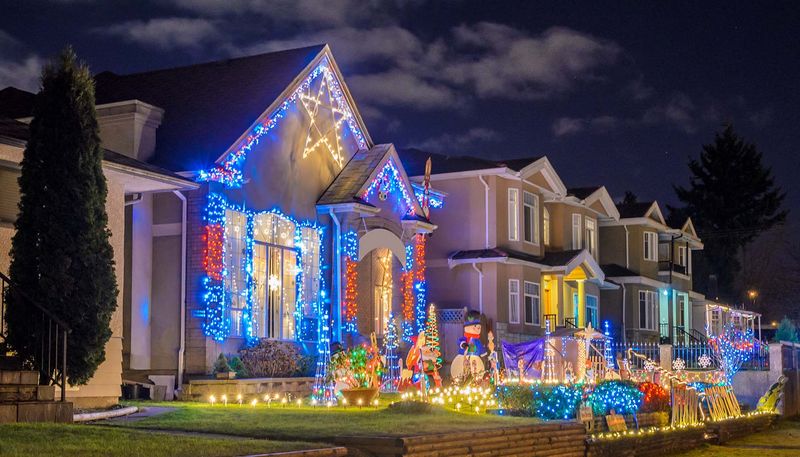
Holiday spirit brings joy, but enormous inflatable decorations with motors running 24/7 can turn festive into frustrating for neighbors. The constant hum of blowers and bright lights might disrupt sleep patterns or peaceful evenings.
Size matters tremendously with outdoor decorations. That 12-foot Santa might seem cheerful to you but overwhelming when it dominates the view from your neighbor’s living room for six weeks straight.
Setting reasonable time limits for lighted displays (like 9 PM on weeknights) shows consideration for those living nearby. Focusing decorations away from neighbors’ windows and using timers for automatic shutoff helps minimize impact. Consider rotating through your collection rather than displaying everything simultaneously. Creating a spectacular display for one week might actually generate more neighborhood appreciation than a mediocre display that overstays its welcome for an entire season.
28. Hanging Laundry Lines in Front Yards
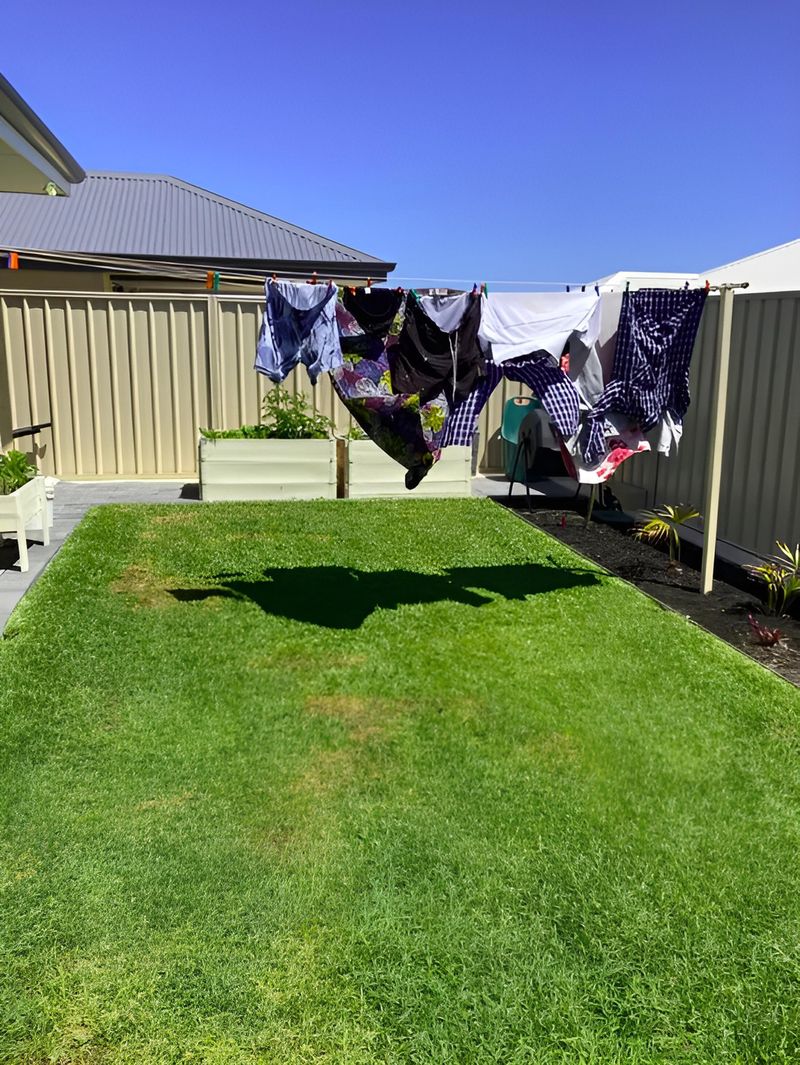
Line-drying clothes saves energy and gives laundry that fresh-air scent, but front yard clotheslines can create eyesores that affect the entire street’s appearance. Your sustainability practice might conflict with neighborhood aesthetic standards or even HOA regulations.
While clothes drying might seem temporary, regular displays of personal items become part of the permanent landscape view for neighbors and passersby. Many communities have specific rules about clothesline placement for this reason.
Positioning clotheslines in backyards or side yards away from street views offers a reasonable compromise. Retractable or umbrella-style options that can be put away when not in use help maintain neighborhood aesthetics while still allowing sustainable laundry practices. If front yard placement is your only option, considering the timing of laundry hanging and prompt removal when dry shows awareness of shared visual space.
29. Bird Feeders That Spill Seed Everywhere
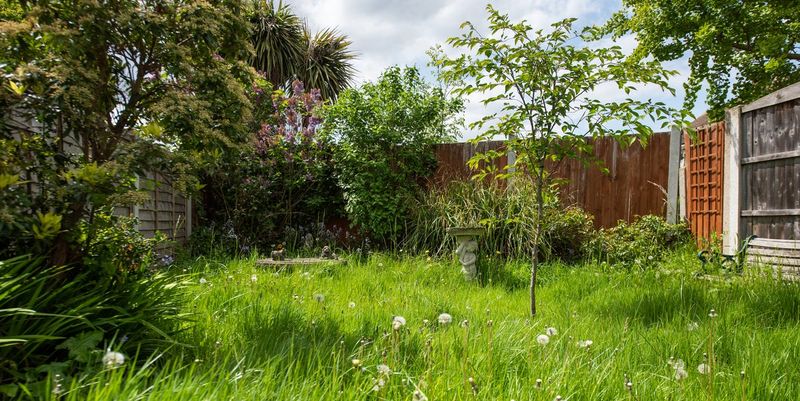
Attracting colorful birds brings nature to your yard, but poorly designed feeders create unintended consequences for neighbors. Scattered seeds attract rodents, while bird droppings can damage cars, furniture, and decks below feeding stations.
The birds themselves don’t recognize property boundaries. Your feeding station might create noisy dawn gatherings directly outside your neighbor’s bedroom window or lead to territorial birds that dive-bomb anyone approaching nearby.
Using no-waste seed mixes and feeders with catch trays minimizes ground scatter. Positioning feeding stations away from property lines, driveways, and outdoor living areas shows consideration for shared spaces. Some bird enthusiasts even coordinate with neighbors to create wildlife-friendly zones that benefit everyone without concentrating all activity in one spot. Regular ground cleanup prevents rodent problems while still supporting local bird populations.
30. Harsh Spotlights Shining into Neighbor Windows
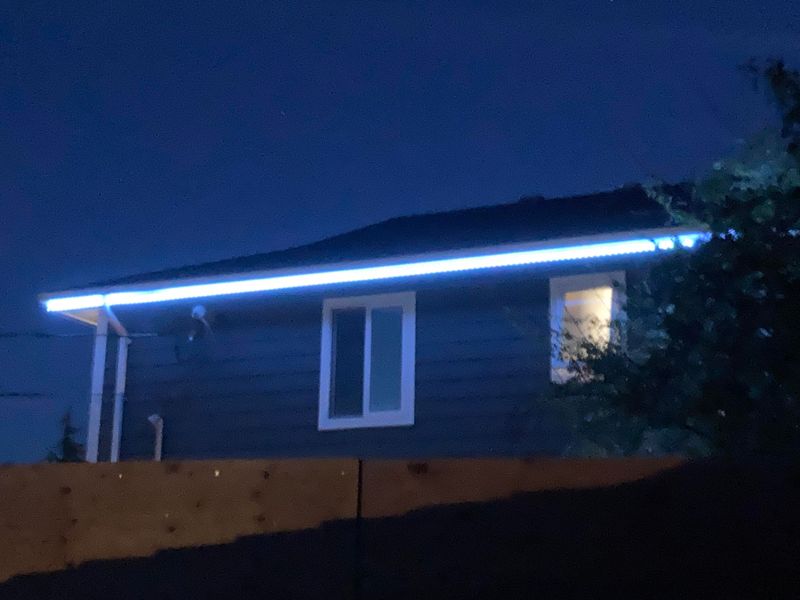
Security lighting provides peace of mind until your motion-activated floodlights blast directly into your neighbor’s bedroom at 2 AM when a cat walks by. Poorly aimed security fixtures create light trespass that disrupts sleep and privacy.
Even stationary landscape lighting can cause problems when installed without considering neighboring properties. Your uplighting on trees might illuminate a child’s bedroom so brightly they need blackout curtains to sleep.
Adjusting fixture angles downward and using shielded lights that direct illumination only where needed makes a tremendous difference. Motion sensors should be calibrated to reduce false triggers from small animals or wind-blown branches. Many manufacturers now offer “neighbor-friendly” lighting with warmer color temperatures and directional controls specifically designed to minimize light pollution. Taking time to properly aim and adjust outdoor lighting shows respect for the shared darkness that many people value for sleep and stargazing.

